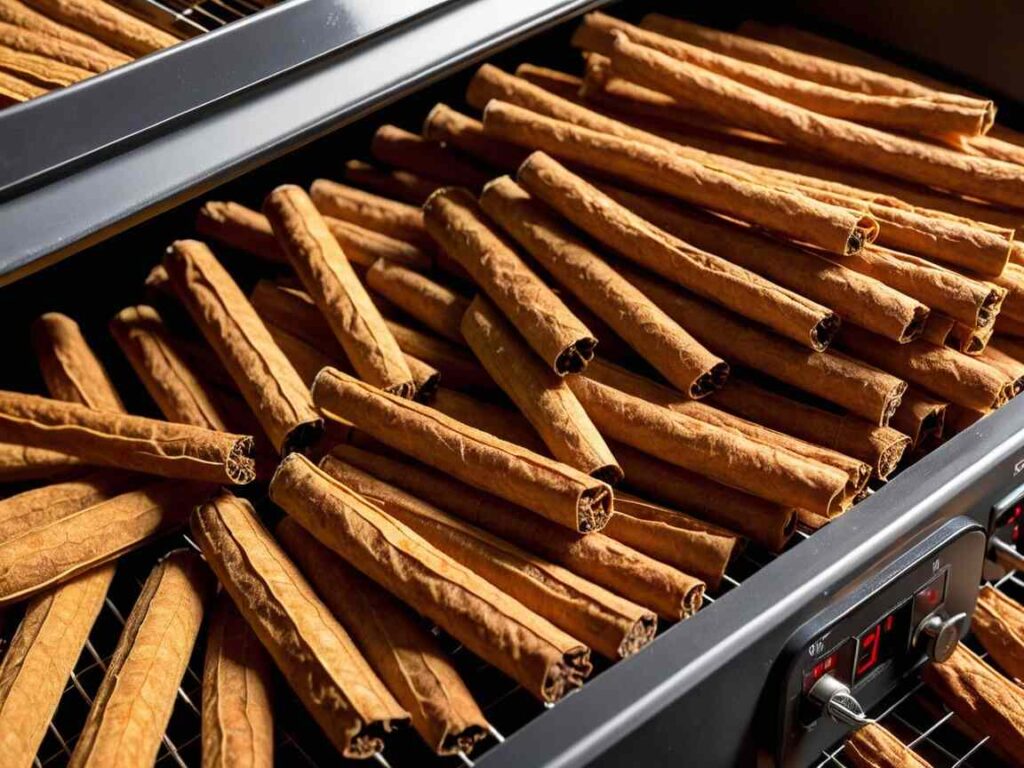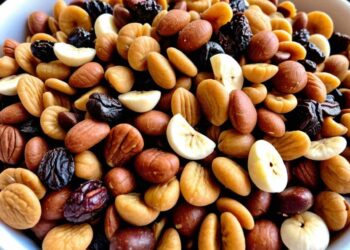Yes, tobacco can be dried in a dehydrator, often used to achieve the ideal moisture level for smoking. This is especially useful for pipe tobacco, as most smokers prefer it slightly drier for a more even burn and better flavor. However, careful monitoring of temperature and humidity is crucial to prevent burning or over-drying the leaves.
Introduction:
Tobacco drying is a critical step in the preparation of tobacco leaves for consumption, ensuring the desired flavor, texture, and chemical composition. Traditionally, tobacco is air-cured, flue-cured, sun-cured, or fire-cured, with each method influencing the final product’s characteristics. However, with advancements in drying technology, some tobacco growers and processors consider using food dehydrators as an alternative. This article explores whether using a dehydrator is a viable option for drying tobacco, discussing its advantages, disadvantages, and best practices.
The Importance of Proper Tobacco Drying
Drying, also known as curing, plays a significant role in the final quality of tobacco. The process allows the leaves to develop their characteristic aroma and reduces moisture content to prevent mold growth. Proper curing also enhances the smoothness and overall smoking experience. Traditional curing methods take weeks or even months, making growers interested in faster alternatives like dehydrators.
How a Dehydrator Works?
A food dehydrator is an appliance designed to remove moisture from food using heat and air circulation. It operates at controlled temperatures, typically ranging from 35°C to 75°C (95°F to 167°F), depending on the settings. Dehydrators work by continuously circulating warm air over the product, speeding up the drying process compared to natural air curing.
Can Tobacco Be Dried in a Dehydrator?

Yes, tobacco can be dried in a dehydrator, but there are important factors to consider:
1. Temperature Control
- Tobacco should not be exposed to excessively high temperatures, as it can destroy essential oils and alter the flavor.
- The ideal drying temperature should remain between 35°C and 45°C (95°F and 113°F) to preserve quality.
2. Air Circulation
- Proper air circulation is crucial for even drying.
- Most dehydrators come with built-in fans to ensure uniform drying, but overloading trays can obstruct airflow and result in inconsistent results.
3. Drying Time
- Traditional curing methods take weeks, but dehydrators can dry tobacco leaves within 24 to 48 hours.
- The duration depends on the thickness and moisture content of the leaves.
4. Retaining Flavor and Nicotine Content
- Rapid drying may cause the tobacco to lose some of its natural flavors, making it harsh.
- Slow drying at lower temperatures helps retain the chemical composition and ensures smoother smoke.
5. Risk of Over-Drying
- Excessive dehydration can make tobacco brittle and difficult to handle.
- Checking leaves periodically and adjusting the drying time accordingly can prevent over-drying.
Advantages of Using a Dehydrator for Tobacco Drying
Using a dehydrator offers several benefits over traditional methods:
1. Speed and Efficiency
- Dehydrators significantly reduce the drying time compared to air curing, making it ideal for those who need quick results.
- Controlled drying conditions minimize the risk of mold and spoilage.
2. Temperature and Humidity Control
- Unlike air drying, where environmental factors affect the process, dehydrators provide a controlled setting.
- Adjustable temperature settings help maintain consistency in the final product.
3. Convenience
- Dehydrators are easy to use and require minimal supervision.
- They can be used indoors without requiring specialized curing barns or outdoor drying spaces.
4. Reduced Risk of Mold and Pests
- Air curing is susceptible to mold growth, especially in humid climates.
- A dehydrator reduces moisture quickly, preventing mold and insect infestations.
Also Read: Is Pickle Juice Good for Dehydration?: Try It Sparingly!
Disadvantages of Using a Dehydrator for Tobacco Drying
Despite the benefits, there are some drawbacks to using a dehydrator for tobacco:
1. Potential Flavor Loss
- Traditional curing methods allow for a gradual breakdown of compounds that enhance flavor.
- Faster dehydration may not provide the same depth of flavor as air curing.
2. Initial Cost
- High-quality dehydrators can be expensive, making them less accessible for small-scale growers.
3. Capacity Limitations
- Most household dehydrators have limited space, restricting the amount of tobacco that can be dried at once.
- Large-scale drying would require multiple dehydrators or commercial-grade machines.
4. Learning Curve
- Properly drying tobacco in a dehydrator requires careful monitoring to avoid over-drying or under-drying.
- Adjusting temperature and time settings to achieve optimal results may take some trial and error.
Best Practices for Drying Tobacco in a Dehydrator
If you decide to use a dehydrator for tobacco drying, follow these tips for the best results:
- Select High-Quality Leaves
- Ensure the leaves are fresh, free from disease, and properly harvested at maturity.
- Pre-Dry for Better Results
- Allow the tobacco to air-dry slightly before placing it in the dehydrator to reduce moisture gradually.
- Set the Right Temperature
- Keep temperatures between 35°C and 45°C (95°F and 113°F) to preserve flavor and nicotine content.
- Monitor the Drying Process
- Check the leaves periodically to prevent over-drying.
- Rotate trays if necessary for even drying.
- Rehydrate if Needed
- If the tobacco becomes too brittle, reintroduce slight moisture by placing it in a humid environment before use.
- Store Properly
- Once dried, store tobacco in airtight containers to maintain freshness and prevent contamination.
FAQs:
Q: Can tobacco be dried in a dehydrator?
A: Yes, at 95–120°F (35–50°C) with proper airflow to prevent overheating.
Q: What’s the best way to dry tobacco?
A: Air drying is best, but a low-temp oven or dehydrator can work.
Q: Can you microwave tobacco to dry it?
A: Not recommended, as it can dry unevenly and alter the flavor.
Q: Does tobacco dehydrate?
A: Yes, it loses moisture when exposed to dry air or heat.
Q: How long does it take to rehydrate tobacco?
A: A few hours to a day, depending on the method used.
Q: How do you revive dry tobacco?
A: Store it with a moist sponge or fruit peel in an airtight container.
Q: What temperature is needed to dry tobacco?
A: Ideal drying is at 95–120°F (35–50°C) for best results.
Conclusion
Using a dehydrator to dry tobacco is a feasible alternative to traditional curing methods, offering speed, convenience, and mold prevention. However, it requires careful temperature control to maintain flavor and chemical integrity. While it may not fully replicate the rich complexity of slow curing, a dehydrator can be an effective tool for those seeking a faster drying method with controlled conditions. By following best practices, users can optimize the dehydrator process and produce high-quality dried tobacco suitable for various applications.









Discussion about this post